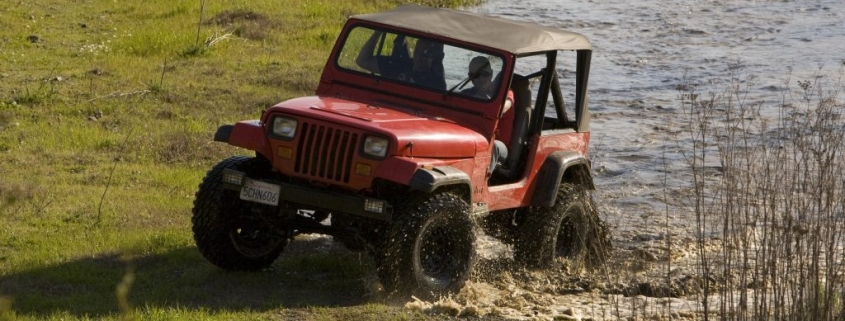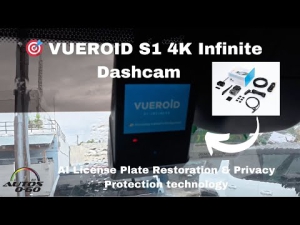Does Your Car Really Need a Skid Plate?
Skid plate, skid tray, splash guard, whatever you want to call it. It’s a line of defense between the undercarriage of your car and the road. Things like the oil pan, oil filter, and even the engine itself are protected by a piece of sheet metal. But in the event of an accident, either driving over a curb or plowing into a pothole (we’ve all done it), does the skid plate protect your car? Does keeping it on make maintaining your car harder? And can you live without it?
If you’re offroading, you absolutely need a skid plate
If you blaze trails, you’re better off protecting your car’s vital organs. Not just from rocks that can scrape the underbelly of your car, but from dirt getting lodged between the cracks. In fact, skid plates might not be enough for the harsh conditions.
With the possibility of bottoming out, a skid plate helps make sure your car doesn’t rest on the important bits. And not only that, rocks can be kicked up and into the engine bay, damaging delicate parts. Water can drown the engine components, and dust can clog up the system in general. So it’s best to keep a skid plate on if you’re offroading, even if your car’s ground clearance is high. Just be prepared.
If you’re driving through the city, it depends on road conditions

Most highways and interstates won’t be covered in cracks. If your daily driving takes you down well-maintained roads, having a skid plate doesn’t do all that much for you. Sure, it’s an added layer of defense from the elements, as little rocks can still ping off the oil pan, but if you get rid of it or it comes off, it’s not the end of the world.
That said, if you live anywhere that’s riddled with potholes or constantly under construction, keeping it on makes sure that uneven pavement doesn’t cause any long-term damage. The same goes for loose pavement and gravel which, while I wouldn’t consider offroading, could cause some of the same problems. Dust flying around and rocks banging into the metal isn’t an ideal combination. So use proper judgment when deciding if you really need it or not.
If you work on your own car, you can do with a skid plate.

My bias while writing this article may show, as I personally don’t drive with a skid plate. I’d tell you the whole story, but it’s long, so I’ll sum it up: I hopped my car over a curb, the skid plate scraped on the concrete and tore right off. No damage was done to the oil pan, oil filter, or even the bumper. But the skid plate was sheered off, and in order to put a new one on I’d have to take off my front bumper. After that, I’d need a new mount, which runs me about $300 bucks (if I do it myself). In other words, it’s too expensive to fix, and I can live without it
But from a practicality standpoint, not having a skid plate makes oil changes and general maintenance that much easier. Rather than having to remove it and reinstall it every time, you just go about your job. So if you work on your own vehicle, and you drive on regular, smooth roads, you can save yourself some trouble by just getting rid of the thing. But if you’d rather have it as an extra safety net, or because you don’t know how to remove it, there’s no harm in leaving it on either.
RELATED: Can a Car Cover Damage a Car’s Paint?
The post Does Your Car Really Need a Skid Plate? appeared first on MotorBiscuit.





